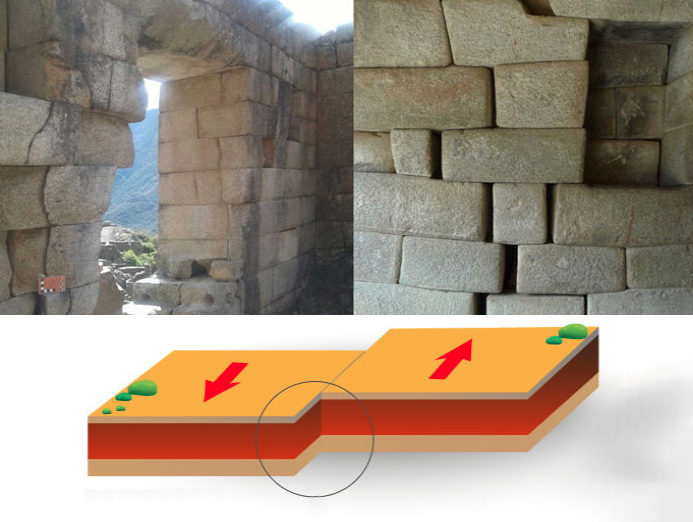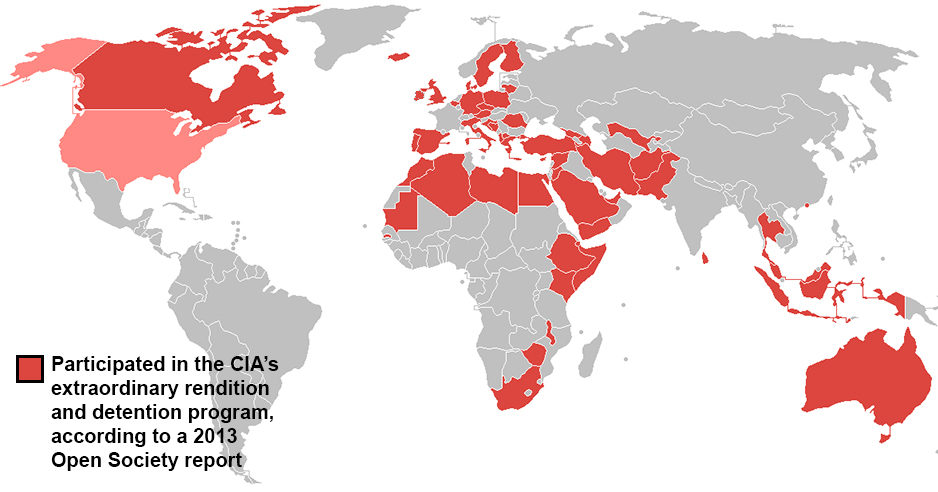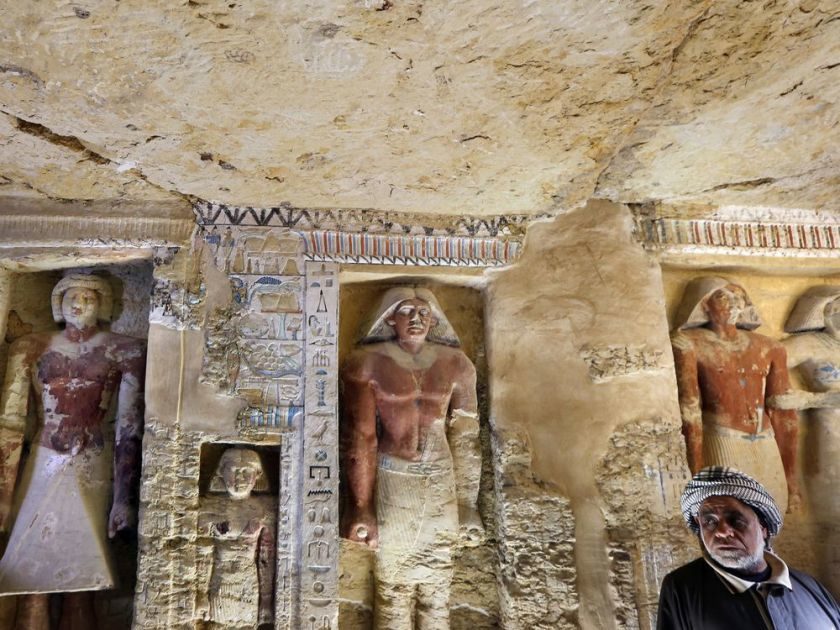In the shadow of O'Hare International Airport, the winding, looping streets and small-town character of unincorporated Norwood Park Township look much the way they did in December 1978.
But gone are the lines of gawking bystanders, desperate families of missing young men and carloads of curiosity-seekers who choked the streets in the days before that long-ago Christmas, trying to catch a glimpse of the murder house.
John Wayne Gacy's confession to the rape and murder of more than 30 people didn't just awaken America to a nightmare hidden in its own backyard. The discovery 40 years ago of the dank, muddy mass grave underneath Gacy's yellow brick ranch house at 8213 W. Summerdale Ave. forever shattered the image of the safe suburban community.
A police search for missing Maine West sophomore Robert Piest led investigators to 36-year-old Gacy, a "stocky, bull necked contractor,"
described by neighbors and business associates as a pillar of the community: a likable, boastful divorced businessman and Democratic precinct captain who hosted themed neighborhood parties and entertained children as a clown named Pogo.
"(The public) would feel much more comfortable if Gacy was this type of creepy, sequestered ghoul that was unkempt and heinous," Detective Sgt. Jason Moran of the Cook County sheriff's office, who is a point man on the Gacy case, said recently. "But instead, he dressed as a clown and bounced kids on his knee. He would knock at your door and say vote for my candidate."
Gacy's nice-guy persona masked something far more sinister.
Once they were safely restrained - usually in a pair of handcuffs as he demonstrated a "trick" he learned as a clown - Gacy's easy smile melted away, revealing a cold, growling predator who sexually assaulted his victims before strangling many of them with a knotted rope. He buried 29 of his 33 victims in trenches underneath and around his home and dumped four others from bridges once his property could hold no more bodies.





Comment: As noted in Massive flooding in Europe during the Little Ice Age It appears the earthquake occurred during a fairly tumultuous period on our plane: The Little Ice Age, that is considered to have begun around the 13th century, stretching all the way into the 20th, and which afflicted much of the planet, was clearly accompanied by a much more diverse collection of catastrophic events, in Little Ice Age foiled Europeans' early exploration of North America it says: Did events like these drive the Inca's to create their self-sustaining civilization in the sky?
See also: